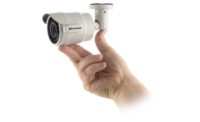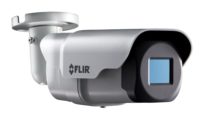Bullet Testing Versus Certification

Louis Chavez
If you’re looking to install bulletproof glass, you’ll want to know: “How do I know this will stop a bullet?”
Bulletproof products are used across the security industry, such as bullet-resistant glass in bank windows, guard houses, the front entrances of schools, in shopping malls, on locomotives on U.S. rail lines, says Louis Chavez, principal engineer with UL and subject matter expert on ballistic resistance testing and certification.
UL has more 50 UL standards that are specific to security equipment, including UL 752, The Standard for Bullet-Resisting Equipment.
Chavez stresses the difference between testing for bullet resistance versus certifying. “Anyone can have a product tested and provide information on the performance of the product,” he says. “There are plenty of labs that claim that they are testing to bullet resistance, but that’s different from certifying a product. Testing is like taking a snapshot in time. You can test a product once and provide some level of report or results, but certification is a listing process that UL offers as a third-party organization, and that includes the actual testing and the follow up.”
That follow-up, Chavez explains, is factory manual inspections to ensure the bullet resistance material is being produced to the same level all of the time, and an inspection of the raw materials that the product is being manufactured from, because if those raw materials are being changed the performance of the product can be changed, as well. “We also conduct annual re-examinations, where we go into the factory once a year and spot check for ballistics testing on the product. We conduct an infrared analysis to ensure that previous infrared pattern matches what we actually saw. That’s the difference between testing versus certification for bullet resistance.”
Looking for a reprint of this article?
From high-res PDFs to custom plaques, order your copy today!





